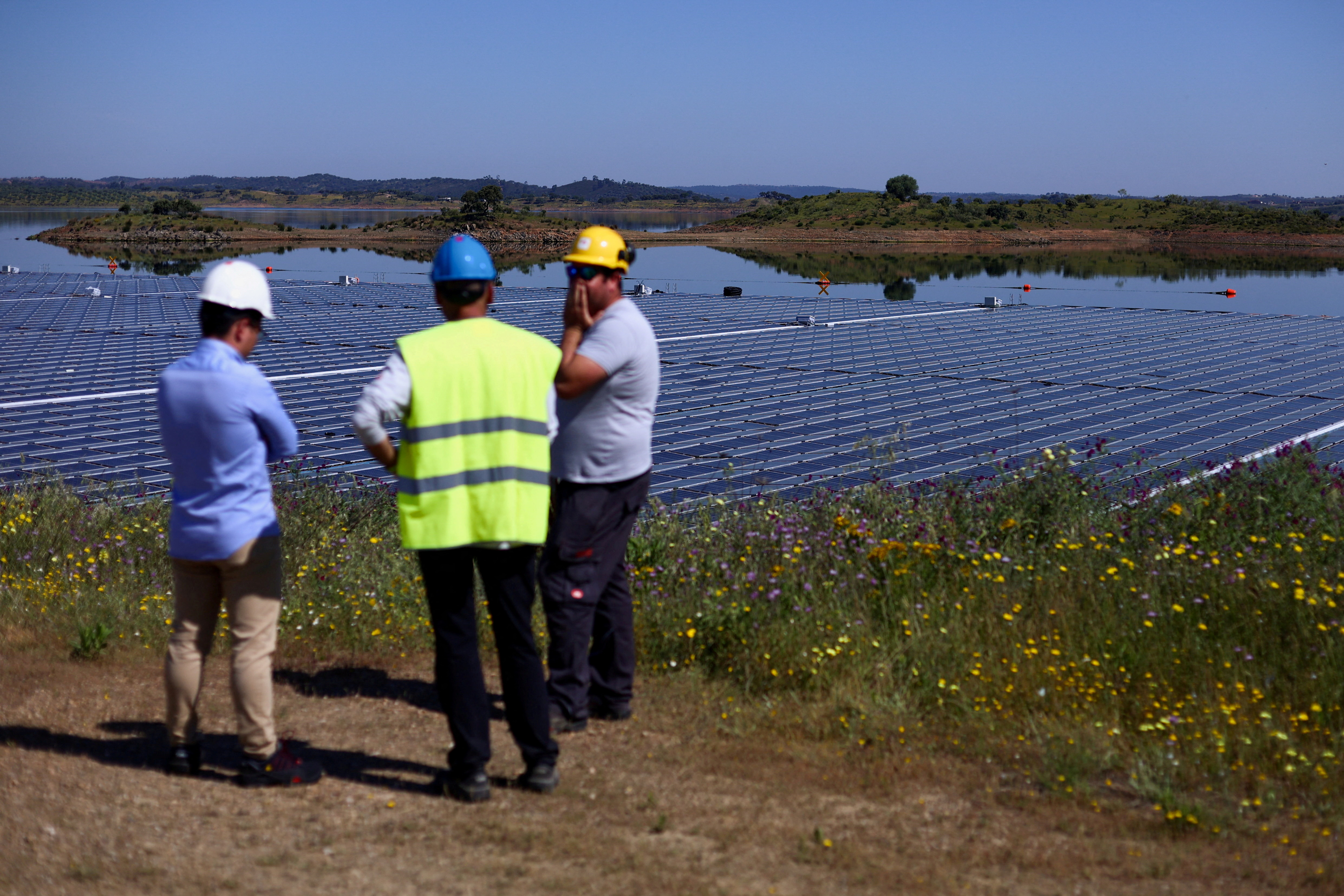pctay123
Publish Date: Tue, 20 Aug 2024, 06:09 AM

LITTLETON, Colorado, Aug 20 (Reuters) - Electricity generation from solar farms is growing faster in Central and Eastern Europe than in any other European region, vastly exceeding the growth rates seen in both wealthier and sunnier parts of the continent.
Through the first seven months of 2024, utility-run solar output in the five largest solar producers in Central/Eastern Europe - Austria, Bulgaria, Hungary, Romania and Poland - jumped by 55% from the same months in 2023, data from Ember shows.
That's over twice the growth rate for Europe as a whole, and sharply exceeds the paces posted by the five largest solar generators in Western Europe, Southern Europe and Northern Europe over the same period.
Central and Eastern Europe's top five solar producers have also expanded solar generation capacity faster than regional peers since 2019, paving the way to continued solar output growth in one of Europe's most heavily industrialized areas.
DRIVING FORCES
Poland and Hungary are by far the most important drivers of utility-scale solar growth in Central/Eastern Europe.
Through the first seven months of the year, solar-powered electricity generation in Poland was 11.3 Terawatt hours (TWh) and was 5.8 TWh in Hungary.
Those output figures were up 33.3% and 47.7%, respectively, from the same periods in 2023, according to Ember, and rank among the fastest growth rates in all of Europe.
In absolute generation terms, those output figures also rank highly among European peers.
Indeed, the five largest solar producers in the Central/Eastern European region boosted collective solar-generated electricity by just 10% less so far this year than the five largest solar producers in Western Europe - Belgium, France, Germany, The Netherlands and Switzerland.
The ability of nations across Central/Eastern Europe to compete with wealthier economies in Western Europe in terms of solar growth underscores how affordable solar installations have become relative to other forms of electricity generation.
The rapid growth in solar generation in Central/Eastern Europe also reflects supportive clean energy policies across the region, which has historically been one of Europe's heaviest coal-burning regions.
Both Poland and Hungary - the region's two largest solar producers - have targeted net zero carbon emissions in power generation by mid-century, and plan aggressive further expansions in clean energy generation.
CLIMBING THE GENERATION RANKS
In absolute generation terms, the five largest solar producers in Central/Eastern Europe still rank a distant third in the region behind the five largest solar producers in Western and Southern Europe.
Through the first seven months of 2024, Western Europe's largest solar producers generated 83.53 TWh of electricity, while Southern Europe's five largest solar producers - Greece, Italy, Portugal, Spain and Turkey - generated 76.12 TWh, Ember data shows.
The 25.2 TWh of solar electricity generated by Central and Europe's five largest solar producers looks small comparatively.
However, over the past three years the Central/Eastern European region has boosted solar generation by roughly 49% a year, which dwarfs the 19% annual growth pace for Europe as a whole, the 16% pace of Western Europe, and the 21% for Southern Europe.
If those growth rates were sustained for the rest of this decade, the generation total by the five largest Central and Eastern solar producers would surpass that of their peers in Western Europe in 2029 and those of Southern Europe in 2030.
FURTHER GAINS
The largest solar producers in Central/Eastern Europe already produce 76% more solar electricity than their peers in Northern Europe (Denmark, Finland, Lithuania, Sweden and the United Kingdom), and look primed for further aggressive solar growth across the region.
Operations at the 60 megawatt (MW) capacity Tapolca solar farm in western Hungary began in late July, and will supply roughly enough electricity for 30,000 households annually, according to developer Enlight.
And in Poland, a new 40 MW project developed by Lightsource BP commenced operations last month.
The region's largest project, however, is the 400 MW farm in Apriltsi, Bulgaria, which boasts over 800,000 photovoltaic panels and is designed to supply electricity not just to Bulgarian customers but across Eastern Europe.
And beyond being one of the biggest solar parks in Europe, the Apriltsi project is also significant for the height of its panels, which at 2.2 meters (7.2 feet) allow for the land below to be used for agriculture purposes.
Further so-called agrivoltaic projects are being trialled in Turkey and Poland, and look set to yield additional clean electricity generation with only limited impact the region's farmland.
And given the strong local policy support for traditional solar already in place, the successful deployment of more agrisolar projects could help the Central/Eastern Europe region gather even more solar generation momentum in the years ahead.
Sign up here.
https://www.reuters.com/business/energy/poland-hungary-become-key-new-drivers-europes-solar-growth-maguire-2024-08-20/












